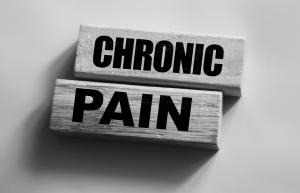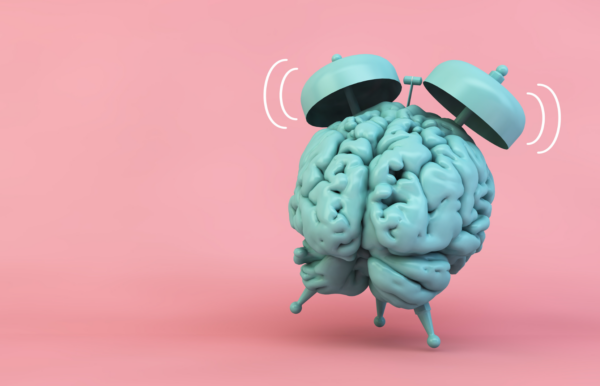Join the conversation.
Pain is not just a figment of your imagination; it resides in your brain.
I'm so frustrated, I am in constant pain and my xxxx couldn't give a s*&t, I just want my life back!

It’s time to break down the greatest misunderstanding/miscommunication about pain that we come across in the clinic.
“I’m in constant pain, but my Dr/physio/specialist has said that the scans show nothing is physically wrong so I shouldn’t be in pain, that it’s all in my head. I am so frustrated.”
Well to a degree they are right, the pain is in your head, it is in fact in your brain! (More on that soon).
The most important piece of communication that is often missed out is that, just because you no longer have an acute injury doesn’t mean that you can’t still be feeling pain!
To explore this more, we first need to dip a toe into the complex world that is pain science to gain a base level of understanding into how exactly pain works, so here we go…
The Neuromatrix theory of pain
Pain is a complex and subjective experience that is ultimately processed and perceived in the brain, rather than being located solely in the area where the sensation is felt, i.e: the back or any other body part. This concept is known as the “neuromatrix theory of pain.”
When you experience pain, it typically begins with a stimulus or an injury to the body, such as a cut or a burn. Specialized nerve endings in the affected area, called nociceptors, detect the harmful or potentially damaging stimulus and send electrical signals to the brain.
These electrical signals travel along nerve fibers and reach the spinal cord, where they are relayed to various regions of the brain, including the thalamus, somatosensory cortex, and other brain areas involved in pain processing. The brain processes and interprets these signals, giving rise to the experience of pain.
It’s important to note that pain is not solely determined by the physical signals from the body. It is also influenced by various factors, including your emotions, thoughts, memories, and beliefs. These psychological and cognitive factors can modulate the perception and experience of pain.
Additionally, the brain has the ability to modify the pain experience through various mechanisms. For example, the release of endogenous pain-relieving substances, such as endorphins, can dampen the perception of pain.
Conversely, factors like stress, anxiety, or depression can amplify the experience of pain.
Ok, but I have had this pain for ages, so something must still be wrong to keep creating the pain - right?
The brain’s involvement in pain processing is evident in cases of chronic pain, where the initial injury or stimulus may have healed, but the pain persists.
In these cases, the nervous system can become hypersensitive, and pain signals may continue to be generated and processed in the brain, even without ongoing tissue damage.
Pain is a complex phenomenon that involves the integration of sensory, emotional, cognitive, and physiological processes in the brain.
Understanding pain as a brain-centred experience is crucial for developing effective pain management strategies and treatments.
As part of your journey out of pain, we recommend booking in for a session with Dr Nick who specialises in this specific pain management. This can be done while working along side us at Restore to enhance your journey out of chronic pain.





